Nuclear tests, liberalisation… Milestones that define India
Nuclear tests, liberalisation… Milestones that define India
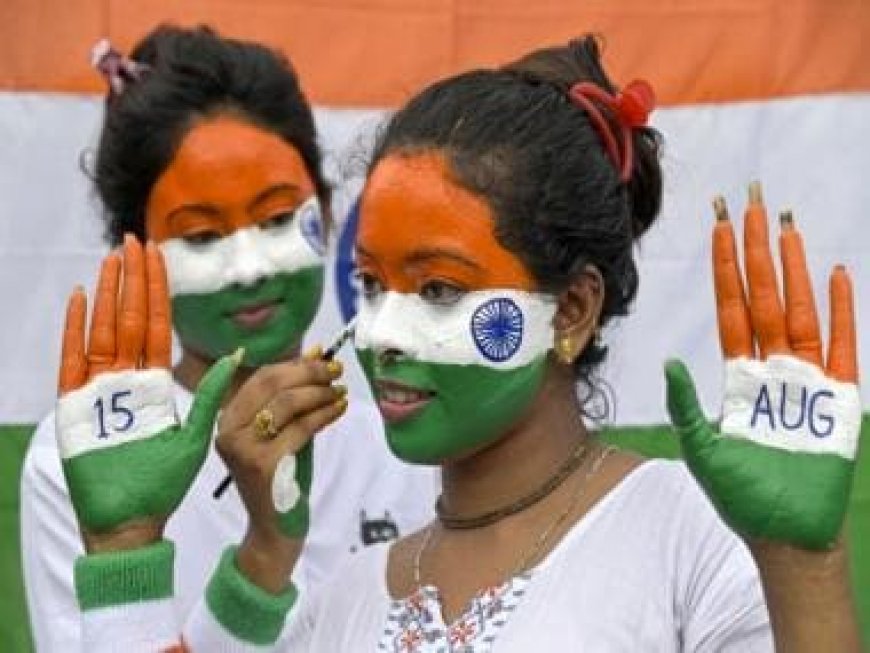

Seventy-six years ago on 14 August, Pandit Jawaharlal Nehru stood up just before midnight in Parliament and addressed the country and the world to mark India’s independence. Delivering the now iconic “Tryst with Destiny” speech, Nehru, who became India’s first prime minister, said: “Long years ago we made a tryst with destiny, and now the time comes when we shall redeem our pledge, not wholly or in full measure, but very substantially. At the stroke of the midnight hour, when the world sleeps, India will awake to life and freedom. A moment comes, which comes but rarely in history, when we step out from the old to the new, when an age ends, and when the soul of a nation, long supressed, finds utterance.”
Since then, India has come a long, long way. It’s been 76 years of great achievements and some failures.
But how does one tell a story of a nation? How do you capture a billion tales that have shaped our country and made us what we are today? As we celebrate our freedom from the British Raj, let’s take a walk down India’s memory lane and reminisce about the turning points and realised ambitions of our people.
From adopting a Constitution to cricket glory and much more – we have seen quite a lot. But here’s the best part: We are yet to see India’s best, or as Prime Minister Modi says, “India’s Amrit Kaal is now.”
Glory at the Olympics (1948)
Just a year after Independence, India stood tall and proud at the Olympic Games when its men’s hockey team beat Great Britain in the finals and won a gold medal.

The team which had to be remade owing to Partition was believed to have little chance of winning. But despite facing hardships and lack of funding, the team made their way to England and was able to take down the might of England, Wales, Scotland, Ireland and Pakistan.
Finally on 12 August of 1948, amid full stands at the Wembley Stadium, the team showed why they were a class apart and defeated the British, to win India’s its first ever gold medal and also pave the way for future Indian Olympians.
Since then, India has amassed a haul of 29 medals – the most recent being Neeraj Chopra’s gold in javelin at the 2022 Tokyo Games.
A Republic is born (1950)
We gained independence in August 1947, but it is in January 1950 that we became a democratic republic. On 26 January – now celebrated as Republic Day – is when India adopted its own Constitution, a vibrant and intellectual text consisting of 145,000 words and paving the way for the country’s diverse democracy.

With the 1950 Constitution, the country was officially known as the Republic of India — a “sovereign, socialist, secular, democratic republic” that “secures all its citizens justice, liberty, equality, and fraternity,” according to its preamble.
The Constitution, known to be the lengthiest in the world, set the framework for India’s politics; we adopted Universal Adult Franchise – the inalienable right of all citizens to vote, and also defined the relationship between the legislature, judiciary and executive of the country.
It provided India with its fundamental rights, which include the all-important ‘Protection of Life and Personal Liberty’, which states: “No person shall be deprived of his life or personal liberty except according to procedure established by law.”
First IIT comes up in Kharagpur (1951)
In July 1951, India got its first Indian Institute of Technology (IIT) in Kharagpur, envisaged to be a world quality engineering school.

Post-independence, India realised the need to industrialise and for this technology and technologists were needed. Also, as noted historian Ramachandra Guha says, “India had a prime minister fascinated by modern science.”
With the aim of fostering scientific temper, India decided to establish the institute and since then the country has had 23 IITs and 20 IIMs (Indian Institutes of Management; the first was set up at Calcutta on November 13, 1961).
Green Revolution of India (1967)
In the ’50s-60s, India witnessed acute food shortage. Food became so scarce that ships destined for other countries had to be diverted to India. The food crisis in the country was often described as ship to mouth.
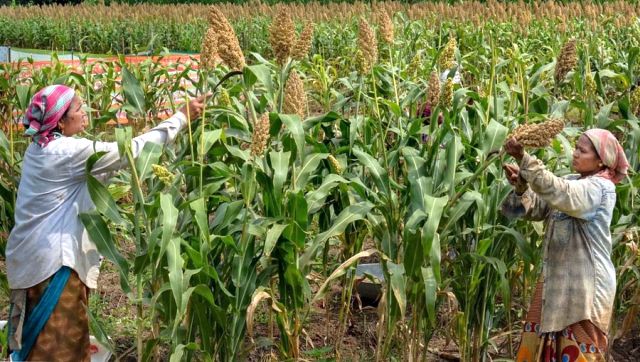
However, in 1966, a high-yielding, disease-resistant variant of wheat was shipped into Punjab from Mexico, ushering India into the Green Revolution. It was then that agronomist Mankombu Sambasivan Swaminathan dedicated himself to developing high-yielding varieties of wheat and rice that could withstand India’s diverse agricultural conditions.
It was thanks to MS Swaminathan’s work and research, the country saw the development of high-yielding varieties of wheat, and rust resistant strains of wheat, which eventually transformed India’s status from a food-deficient country to one of the world’s leading agricultural nations.
The Green Revolution changed the way India farmed and it is because of it that the country has never faced a food crisis since then.
India’s White Revolution (1970)
Years after India’s food situation improved, courtesy the Green Revolution, the country witnessed a White Revolution (Operation Flood). This changed India from a milk deficient nation into the world’s largest milk producer.
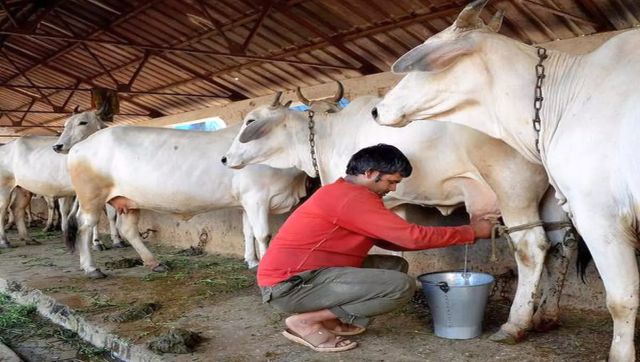
It was pioneered by Verghese Kurien, now known as the Father of White Revolution. The White Revolution had three phases: In the first, the aim was to set up dairy cooperatives in 18 milk sheds in 10 states, and to connect them with four best metropolitan markets. As the phase came to an end in 1981, India saw 13,000 village dairy cooperatives covering 15,000 farmers. By the end of phase three, there were 73,300 dairy cooperatives and over 9.4 million farmer members.
The final phase of the programme also emphasised to improve the productivity and efficiency of the dairy sectors for long-term sustainability.
It was with the White Revolution that India ended its dependence on milk solids. Not only did the nation meet its local dairy needs, but also started exporting milk. Today, India is the world’s highest producer of milk – it has a processing capacity of around 126 million litres per day.
Read all our Independence Day specials
A look back at the gritty women who fought during the freedom struggle
How India’s freedom struggle influenced political movements across the world
Why Mahatma Gandhi skipped Independence Day celebrations on 15 August 1947
How Mahatma Gandhi used khadi to fight the British
Going Nuclear (1974)
By the 1970s, India had fought three wars – 1962, 1965, and 1971 – and it had realised that it needed to develop its nuclear weapon programme, fearing its neighbour, China.
It was on 18 May 1974 that India announced that it had entered the elite club of countries possessing nuclear capabilities after it carried out its first nuclear test in Rajasthan’s Pokhran in an operation dubbed Smiling Buddha. Then Prime Minister Indira Gandhi termed the event a “peaceful nuclear explosion”, perhaps to assuage the rest of the world and particularly the members of the United Nations Security Council’s permanent five (or P-5) members: the United States, the United Kingdom, France, China and Russia.
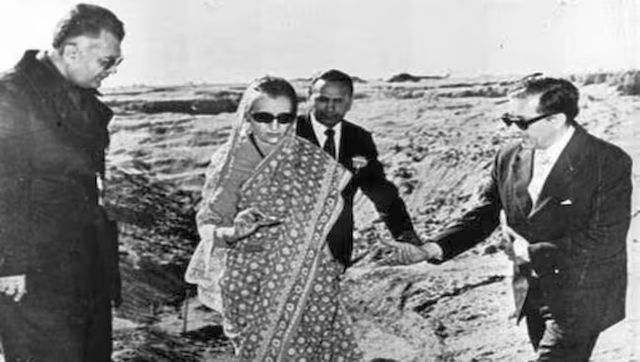
Unsurprisingly, the P-5 countries weren’t happy and faced a series of sanctions from nations like the United States, which said that such tests could lead to nuclear proliferation.
After 1974, India again conducted nuclear tests at the same location (called Pokhran-II tests) in 1998 when Atal Bihari Vajpayee was the prime minister. The tests saw a series of five nuclear explosions, in May 1998 at Pokhran.
Since then, India is one of the few countries that possess nuclear might. However, India follows one basic principle – No First Use. According to this policy, nuclear weapons will only be used in retaliation against a nuclear attack on the Indian Territory or on Indian forces anywhere.
India goes technicolour (1982)
In 1982, India was preparing for the Asian Games, a colourful spectacle. However, until then the nation was used to seeing TV in black and white. Until a Union Cabinet decision changed the way people saw television forever.
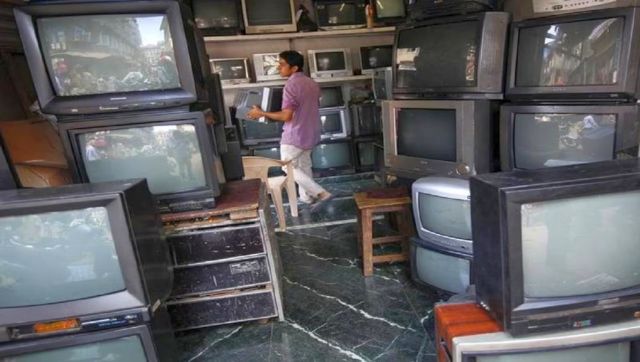
In November of that year, India allowed for the import of 50,000 colour television sets solely for the purpose of the Asiad. And some events at the Games were shown in colour.
However, the limited coverage achieved its purpose. Indians, exposed to this new colourful world on their screens at home, wanted more such movies, entertainment and sports. And by 1984, the floodgates were open, and companies like Bush, Onida, Videocon and Televista, Weston set up new assembling units and by 1988 they were producing nearly three million such sets a year.
Men in Blue shine at World Cup (1983)
India has loved cricket, it loves cricket and will always love cricket. However, it seemed that cricket didn’t love India. At least, until 1983.
The Men in Blue, led by Kapil Dev, did the impossible when they took on the West Indies at the mecca of cricket, Lords Stadium.

India beat the mighty West Indies by 43 runs and at the end, it was Kapil Dev who held the Cup aloft on the Lords balcony, inspiring a generation of excellence that has followed for decades after.
India shines at the Oscars (1983)
The year 1983 was truly phenomenal for India. Not only did the Indian team win the World Cup in cricket, but Bhanu Athaiya became the first Indian to ever win an Oscar for costume design for Richard Attenborough’s film, Gandhi.
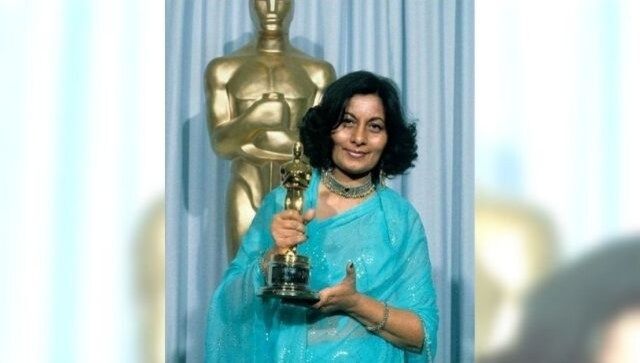
Athaiya’s win made it possible for other Indians to believe that their work was world class. It was after her, that others from the country have been able to get their hands on the golden statuette. The latest instance wins belong to MM Keeravaani and Chandrabose, who won the Best Song award for RRR’s Naatu Naatu and even Guneet Monga in the Documentary Short Subject category for her movie – The Elephant Whisperers.
An Indian goes where no man has gone before (1984)
India since independence has made great strides in the field of space exploration and technology. One of the country’s biggest moments in this sector came when India sent its first and only man into space in April 1984 – Squadron Leader Rakesh Sharma.
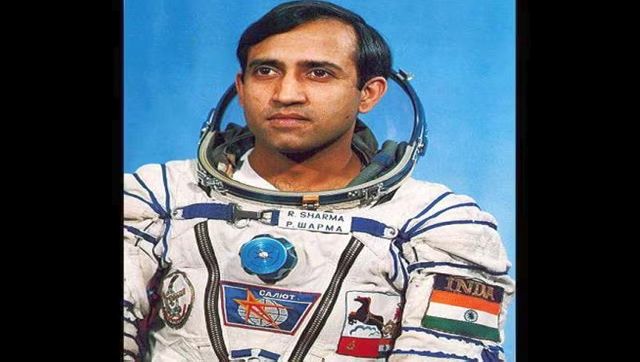
Sharma went to space in as part of a Soviet mission, the same collaboration which helped India launch its first satellite a decade previously. And when asked by then Prime Minister Indira Gandhi, “Upar se bharat kaise dikhta hai apko (how does India look like from the space)”, he had said, “ “Sare Jahan se Achha (best in the world)”.
Even today, Sharma speaks like an ambassador for space. He advocates using it for the greater good of mankind, emphasising on “cooperation” among spacefaring nations rather than “competition”.
India opens up (1991)
On 24 July 1991, then Finance Minister Manmohan Singh, in the PV Narasimha Rao government, presented a landmark budget, ushering in a new dawn for the Indian economy. Singh tabled a new industrial policy in Parliament which effectively put an end to the licence-quota raj, making private enterprise free to undertake almost any business activity in most parts of the economy.
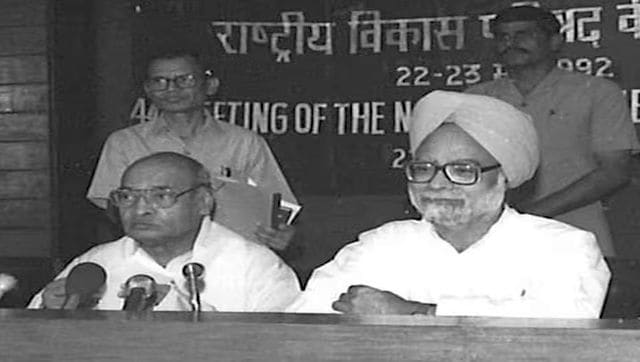
As the economy opened up, new technology and innovations from around the world — Japan, Korea, the US, the UK, Europe, etc — came along with foreign companies and investment. Indian exports grew rapidly after that. The country got out of its low-growth trap and was able to pull millions out of poverty and give children food, nutrition and education.
Today, we hail the changes. It’s what has put us on the world map and set course for India to become the world’s third largest economy by 2027.
Chandrayaan 1 takes off (2008)
In October 2008, scientists at Indian Space Research Organisation gave the country a big reason to smile as they successfully launched Chandrayaan 1, India’s first lunar mission. During its operating year – it operated between October 2008 and August 2009 – the lunar orbiter helped to discover evidence of water molecules on the moon.
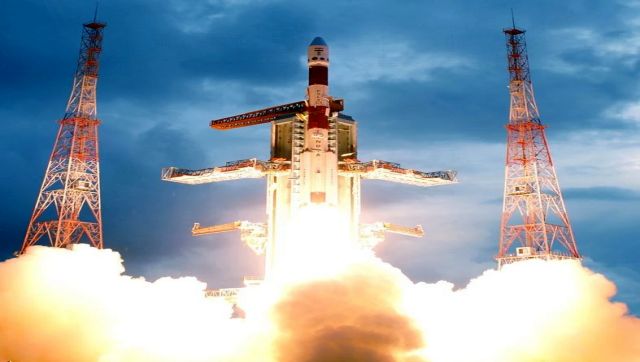
It also mapped various minerals, including the presence of magnesium, aluminum, calcium, and iron, which provided valuable insights into the moon’s geological history and composition.
As experts state, Chandrayaan 1’s ground-breaking mission laid the foundation for subsequent lunar missions, including the Chandrayaan 2, which was launched in 2019, and the recently-launched Chandrayaan-3. The data and knowledge gained from this mission continues to contribute to our understanding of the moon and its potential for future exploration and scientific research.
India gets GST – One Nation, One Tax (2017)
Until 2017, India had a complex tax structure. In an attempt to simplify state taxes, in July 2017, the Goods and Services Tax (GST) was adopted. Its creation saw states giving up their rights to tax, everything other than fuel and liquor.
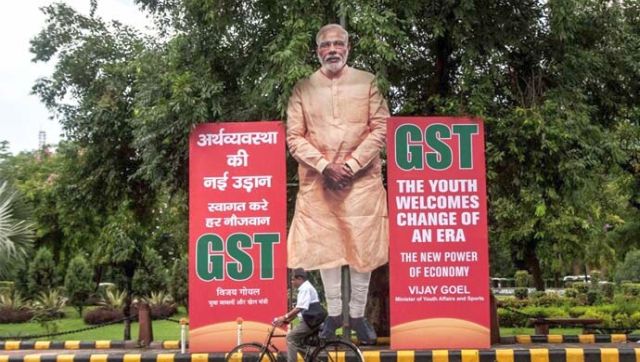
The introduction of GST has led to more spending and more indirect tax money. Having uniform GST rates has also made prices in India and around the world more competitive, which in turn increases the consumption of goods by buyers.
Love All: India decriminalises homosexuality (2018)
A landmark ruling by the Supreme Court declared in September 2018 that it was no longer a crime to be a homosexual in India. On 6 September, the apex court struck down the British-era law – Section 377 – which penalised consensual gay sex between adults, declaring that an individual’s sexual orientation was a matter of privacy and also an essential facet of one’s dignity.
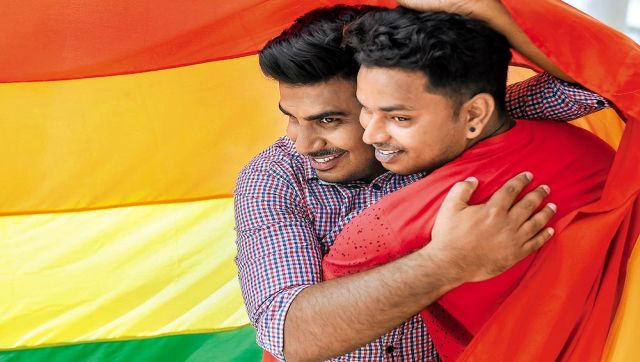
A Constitution Bench led by Chief Justice Dipak Misra said Section 377 of the Indian Penal Code was arbitrary and unconstitutional to the extent that it punished consensual intercourse between adults irrespective of their gender identity or sexual orientation. It held that Section 377 infringed upon the fundamental rights of LGBTQ people, who ought to be treated equally before the law, enjoy dignity and freedom of expression and not face discrimination.
End of special status of Jammu and Kashmir (2019)
On 6 August 2019, the Modi government did what many had perceived to be impossible. The Parliament abrogated Article 370, which granted special rights to citizens of Jammu and Kashmir, and also reorganised the state into two union territories of Jammu and Kashmir and Ladakh.
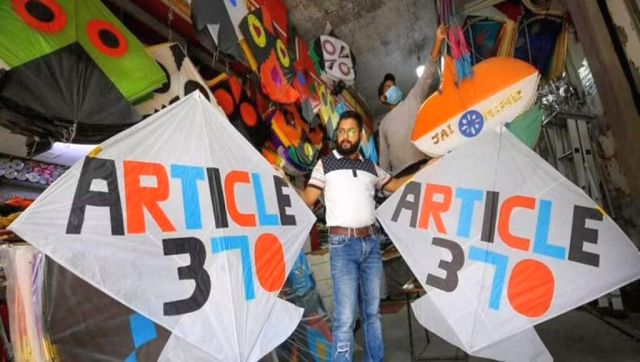
The Centre has defended its move – it had received a lot of criticism from inside and outside the country – saying the change has brought “unprecedented” era of peace, progress, and prosperity in Jammu and Kashmir. It has further said that Jammu and Kashmir has witnessed a remarkable reduction in organised stone pelting incidents linked to terrorist-secessionist agendas. The number of such incidents, which stood at 1,767 in 2018, has now dropped to zero in 2023.
The abrogation of Article 370, according to the Centre, has brought about unprecedented development, progress, security, and stability in Jammu and Kashmir.
With inputs from agencies
What's Your Reaction?



























































